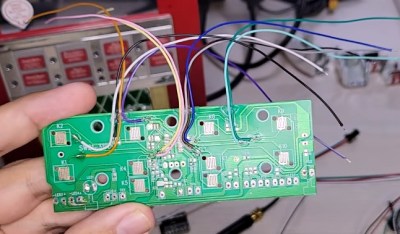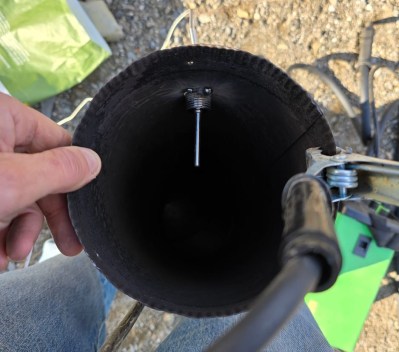Have you ever thought of giving new buzz to outdated wired alarm systems or saving money while upgrading your home security? The Hornet Nest Alarm Panel, to which hacker [Patrick van Oosterwijck] contributes, does just that. Designed for domotics enthusiasts, it offers 42 sensor zones and seamless integration with Home Assistant and ESPHome. This open-source gem uses the wESP32 board, which combines an ESP32 with Ethernet and Power over Ethernet (PoE) for robust, reliable connectivity. Check out the Crowd Supply campaign for details.
So what makes this Hornet Nest special? Besides its hackable nature, it repurposes existing wired sensors, reducing waste and cost. Unlike WiFi-dependent solutions, the PoE-powered ESP32 ensures stable performance, even in hard-to-reach locations. The optional USB programming port is genius—it’s there when you need it but doesn’t clutter the board when you don’t. With its isolated circuits, long-cable safety, and smart Ethernet, WiFi, and Bluetooth combination, this system ticks every DIY box.
Hackaday has featured other DIY PoE-powered projects, offering more inspiration for smart automation enthusiasts.
Continue reading “PoE-Power Protection: The Hornet Nest Alarm Panel”



















